Description
Tantalum Catalysts: Unsung Heroes of Modern Chemistry
Tantalum, a hard, blue-gray, lustrous transition metal known for its exceptional corrosion resistance, might not be the first element that springs to mind when you think of catalysts. However, tantalum-based catalysts are quietly playing an increasingly important role in a diverse range of chemical reactions, finding applications in everything from fine chemicals synthesis to sustainable energy production. This article explores the burgeoning field of tantalum catalysis, highlighting its strengths, applications, and future potential.
Beyond Corrosion Resistance: The Catalytic Power of Tantalum
While tantalum’s inertness under extreme conditions makes it valuable in corrosion-resistant alloys and medical implants, its catalytic properties are rooted in its electronic structure and ability to form stable bonds with various ligands. Tantalum can exist in multiple oxidation states, allowing it to facilitate redox reactions. Furthermore, its Lewis acidity enables it to activate reactants and promote bond formation.
Compared to more commonly employed transition metals like palladium or platinum, tantalum offers some distinct advantages in catalysis:
- High Thermal Stability: Tantalum catalysts often maintain their activity at higher temperatures, making them suitable for reactions requiring forcing conditions.
- Tolerance to Air and Moisture: While some tantalum complexes are air-sensitive, many exhibit higher tolerance to moisture and oxygen compared to other transition metal catalysts, simplifying reaction handling and experimental setup.
- Unique Reactivity: Tantalum catalysts can exhibit unique reactivity patterns, enabling transformations that are difficult or impossible to achieve with other catalysts.
Applications of Tantalum Catalysts: A Diverse Landscape
The versatility of tantalum catalysts shines through in their diverse applications across various chemical disciplines:
- Olefin Polymerization: Tantalum catalysts are used in the polymerization of olefins, producing polymers with specific properties. Their ability to control the polymer microstructure and molecular weight distribution is highly valued in this field.
- Organic Transformations: Tantalum catalysts are employed in a wide range of organic transformations, including:
- Alkene and Alkyne Metathesis: Tantalum complexes can catalyze the cleavage and reformation of carbon-carbon double and triple bonds, offering a powerful tool for creating complex organic molecules.
- Cycloadditions: Tantalum catalysts can facilitate the formation of cyclic compounds through cycloaddition reactions, which are essential building blocks in many pharmaceuticals and natural products.
- Oxidation Reactions: Tantalum oxides and peroxides can act as catalysts in oxidation reactions, playing a role in the selective oxidation of organic molecules.
- Heterogeneous Catalysis: Tantalum oxides and mixed metal oxides containing tantalum are used as solid acid catalysts in heterogeneous catalysis. These materials find applications in various industrial processes, including:
- Dehydration Reactions: Tantalum oxide catalysts are effective in dehydrating alcohols to produce alkenes.
- Esterification Reactions: Solid acid catalysts containing tantalum contribute to the production of esters, which are important solvents and intermediates in chemical synthesis.
- Sustainable Energy: Tantalum-based materials are being explored as catalysts in reactions relevant to sustainable energy production, such as photocatalytic water splitting and CO2 reduction.
Challenges and Future Directions
Despite its promise, tantalum catalysis also faces challenges:
- Cost: Tantalum is a relatively expensive metal compared to some other catalytic materials.
- Ligand Design: Optimizing the ligands surrounding the tantalum center is crucial for achieving high activity and selectivity. Further research into novel ligand designs is needed.
- Understanding Mechanism: Detailed mechanistic studies are essential for understanding how tantalum catalysts function, which will aid in the rational design of more efficient catalysts.
The future of tantalum catalysis is bright. Ongoing research efforts are focused on:
- Developing more active and selective tantalum catalysts. This includes exploring new ligand systems and reaction conditions.
- Lowering the cost of tantalum catalysts. This could involve the development of supported tantalum catalysts or the discovery of more efficient synthetic routes.
- Expanding the scope of tantalum catalysis to new reactions. This will unlock new opportunities for using tantalum catalysts to solve complex chemical problems.
Conclusion
Tantalum catalysts represent a valuable addition to the arsenal of modern chemistry. Their unique properties, including high thermal stability, tolerance to air and moisture, and distinct reactivity, make them ideal for a wide range of applications. While challenges remain, ongoing research and development efforts are paving the way for even greater use of these unsung heroes of catalysis in the years to come. As we strive for more sustainable and efficient chemical processes, tantalum catalysts are poised to play an increasingly important role in shaping the future of chemistry.

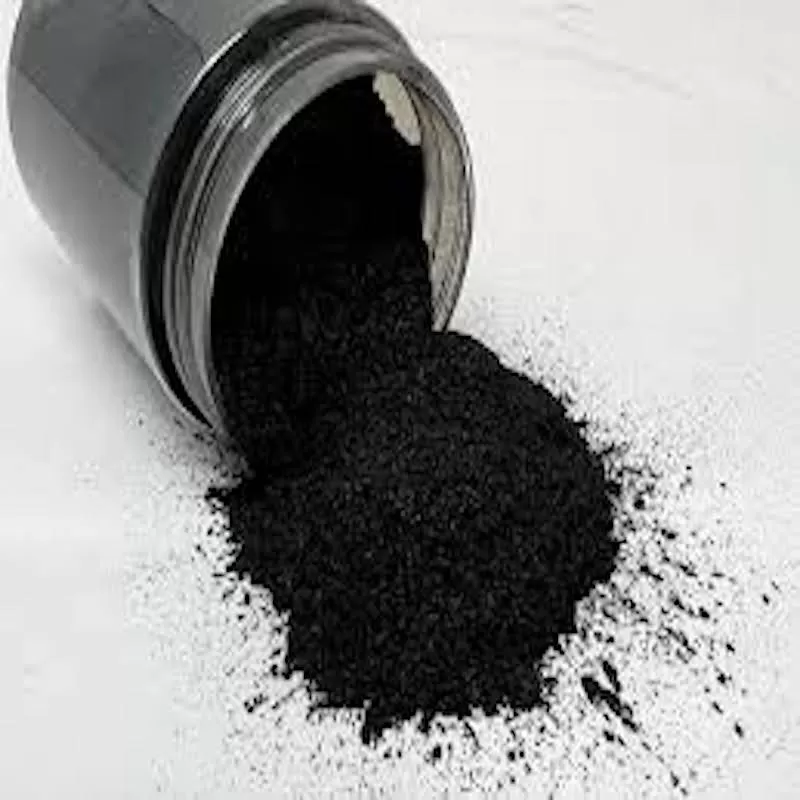


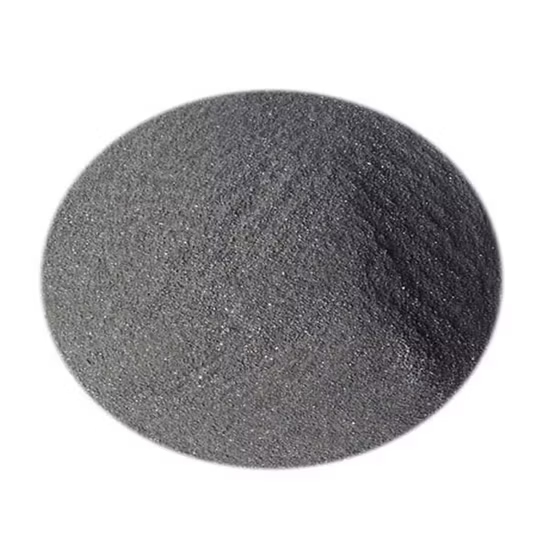
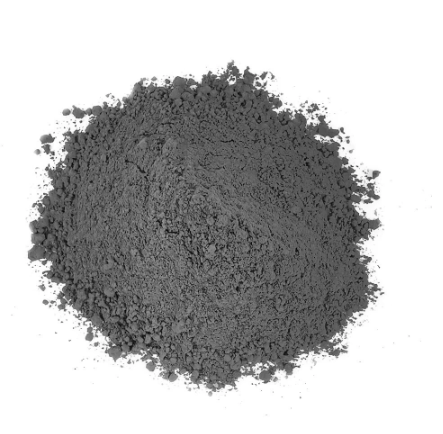
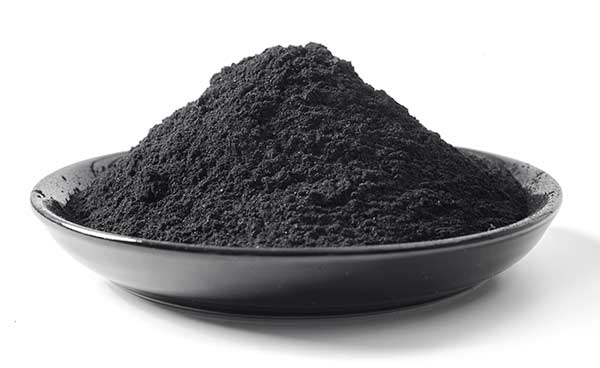
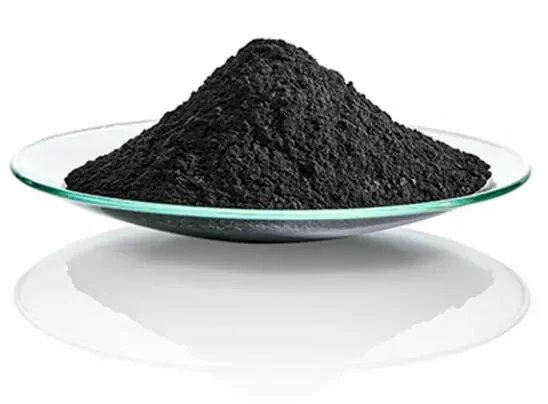


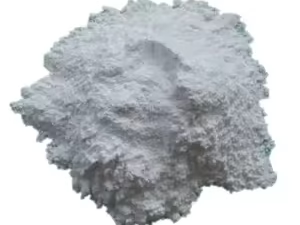


Reviews
There are no reviews yet.